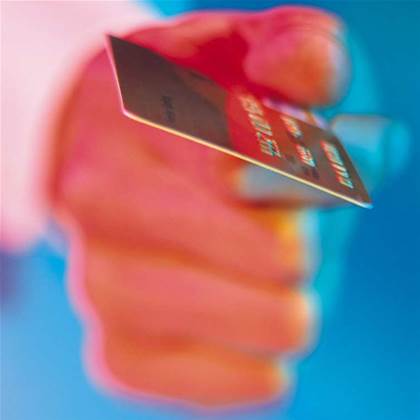
The machine, installed by Barclays at its Enfield branch in London, did not use a plastic card to access accounts, but instead used radioactive cheques impregnated with a small amount of Carbon 14.
The first customer was Reg Varney, from the television show On the buses, who withdrew the maximum amount then allowed of £10.
"That was regarded then as quite enough for a wild weekend," ATM inventor John Shepherd-Barron told the BBC.
"It struck me that there must be a way I could get my own money, anywhere in the world or the UK. I hit on the idea of a chocolate bar dispenser, but replacing chocolate with cash."
Shepherd-Barron said that, although the cheques were radioactive. he had calculated that people would have to eat 136,000 of them to suffer any harm.
He decided on using a Pin for security after realising that he could easily remember his six-digit army number.
But tests conducted on his wife found that the most she could reliably remember was a four-digit number, so Shepherd-Barron standardised on that.
The ATM Industry Association estimates that there are over 1.5 million ATMs in operation around the world today, including a terminal at McMurdo Station in Antarctica.
Shepherd-Barron was awarded an OBE for his invention in 2005.



_(20).jpg&h=140&w=231&c=1&s=0)
_(22).jpg&h=140&w=231&c=1&s=0)





 iTnews Executive Retreat - Security Leaders Edition
iTnews Executive Retreat - Security Leaders Edition












_(1).jpg&h=140&w=231&c=1&s=0)



